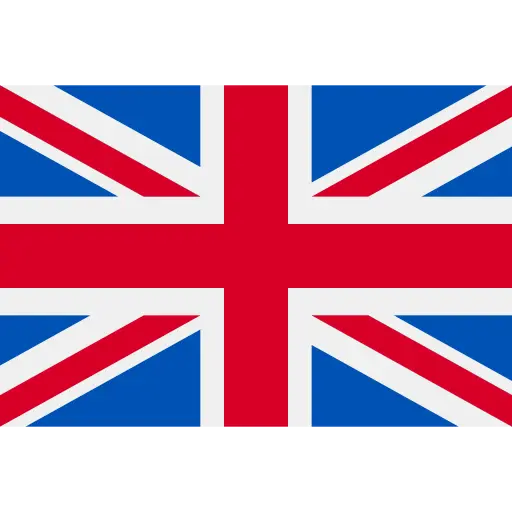The Key Difference Between Chart Analysis and Chart Interpretation in Financial Markets
Introduction of Dr. Rezvani
Dr. Rezvani is one of the leading experts in financial market analysis, with years of experience in trading and both technical and fundamental analysis. Through his teaching and up-to-date market analysis, he has helped countless traders make more informed decisions. Dr. Rezvani is also recognized as a reference in both technical and fundamental analysis, offering practical and academic insights in these areas.
The Key Difference Between Chart Analysis and Chart Interpretation
Chart analysis and chart interpretation are two essential concepts in financial markets. Although they may seem similar at first glance, they differ significantly in approach and application. Dr. Rezvani frequently highlights the importance of distinguishing between these two concepts in his analyses.
- Chart Analysis:
Chart analysis focuses on a detailed and technical examination of price charts, primarily utilizing technical tools. In this type of analysis, traders use indicators, price patterns, and trendlines to identify market trends and predict price movements. Typically, chart analysis includes historical data examination and the use of tools like moving averages, RSI, and Fibonacci levels to determine entry and exit points in trades.
Practical Example: Imagine that gold prices in a candlestick chart show a downward movement and halt near the 0.618 Fibonacci level. Based on this technical analysis, the analyst predicts that the price is likely to reverse and rise soon.
- Chart Interpretation:
Chart interpretation offers a broader and more comprehensive view of the market. This approach doesn’t rely solely on technical data but also considers fundamental factors, economic events, and macroeconomic conditions. Dr. Rezvani emphasizes the importance of combining technical and fundamental analysis and believes that to make more accurate decisions, one must consider macro factors like interest rates, inflation, and political news.
Practical Example: If the U.S. Federal Reserve announces an intention to cut interest rates, this news may lower the value of the dollar and indirectly increase gold prices. Interpreting this news alongside technical analysis helps traders more accurately predict future price movements.
Conclusion
In summary, the key difference between chart analysis and chart interpretation lies in the depth and breadth of their focus. Chart analysis primarily revolves around charts and price patterns, while chart interpretation includes external factors such as economic news and events. Dr. Rezvani always recommends that his students use both approaches in combination to make smarter decisions in the market.
Call to Follow Dr. Rezvani
If you’re looking to learn more about financial market analysis and interpretation, be sure to follow Dr. Rezvani’s page to benefit from his latest analyses and practical lessons!



